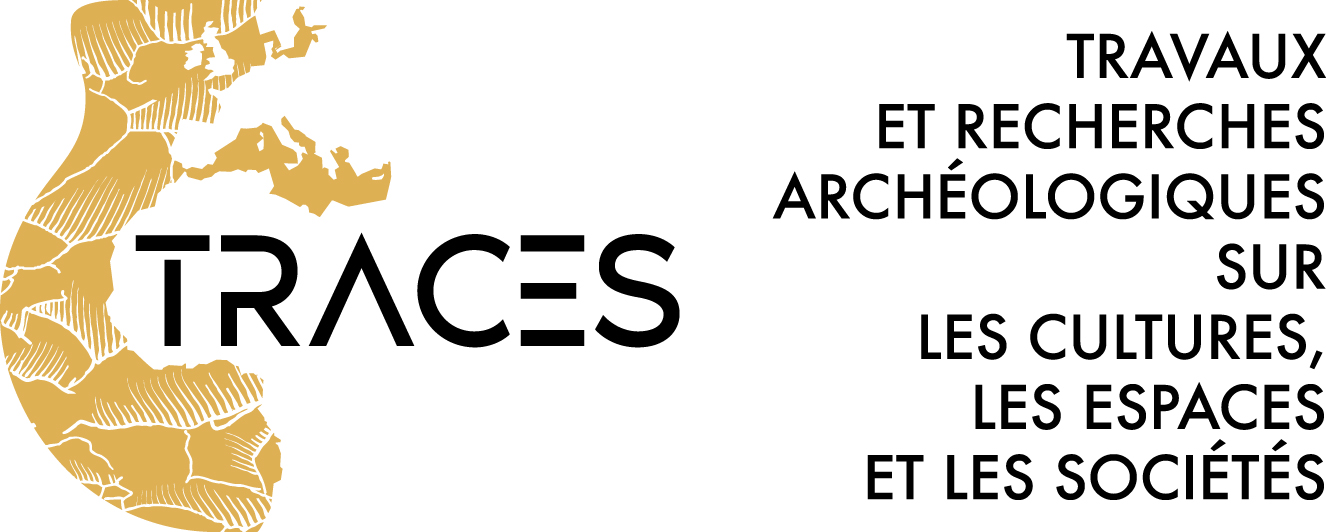-
Partager cette page
DARLES Christian
Thèse soutenue à l'université de Toulouse 2 le Mirail en 2008, sous la direction de Jean-Marie PAILLER, BU n°TR1015-2008-14 (Vol. 1-2)
Jury
PAILLER Jean-Marie, Professeur à l'université de Toulouse le Mirail, UMR 5608
BRETON Jean-François, Directeur de recherche au CNRS
LERICHE Pierre, Directeur de recherche au CNRS
LUCE Jean-Marc, Professeur à l'université de Toulouse le Mirail, PLH - CRATA
VILLENEUVE François, Professeur à l'Université de Paris 1
Titre
Les fortifications antiques de Shabwa (Hadhramawt-Yémen) : analyse structurelle et approches comparatives.
Résumé
L'antique capitale du Hadhramawt est installée, vers 700 m d'altitude, au centre d'un triangle de collines issues d'un soulèvement tectonique lié à la présence d'un dôme de sel. L'arête orientale est composée de couches de galets redressées recouvrant des lits de gypse, son sommet domine l'ensemble du site à 747 m. La crête orientale, plus tourmentée, est constituée de couches de gypse implantées au-dessus de schistes bitumineux. La ville comporte une muraille intérieure et deux enceintes extérieures distinctes. Le rempart intérieur continu comporte trois côtés composés alternativement de courtines et de tours. Cette première ligne de fortifications est adossée à l'éperon d'al-Aqab dont la crête est elle-même couronnée d'une muraille continue. La première enceinte extérieure se rattache à la muraille intérieure à l'emplacement d'une tour en grand appareil, elle suit ensuite les crêtes des collines, renforcée d'une ligne avancée de bastions et de flanquements aux franchissements des cols et des thalwegs. La deuxième enceinte extérieure entoure la « citadelle » d'al-Hajar, édifice légèrement excentré qui protège le flanc sud du site vers l'amont du wâdî Atf et vers les passes du Jawl utilisées comme autant de raccourcis vers la vallée du wâdî Hadhramawt. Différents types de fortifications et de nombreux principes constructifs ont été mis en œuvre pour la réalisation de ces fortifications dont nous tenterons d'établir la chronologie relative. L'hétérogénéité de ces systèmes défensifs atteste cependant l'existence d'un programme unitaire de protection du site réalisé en de nombreuses phases au cours des siècles.
Abstract
The research undertaken since 1975, on the urbanism and fortifications of Shabwa, capital of the Kingdom of Hadhramawt (Yemen) between the IVth BC and the Vth AD, allows a better understanding of the relationships between the occupation of the town, the domestic architecture and the three lines of curtain-walls. The first one enclosed the intra-muros town with its high-status buildings, originally constructed on a flat site. The area of 15,5 ha is enclosed by a wall of 1,6 km. The most ancient inscription found in the curtain wall dates from the VII th century BC. From the 7th/6th century B.C. this wall enclosed pre-existing independent, fortified structures, which have been grouped together since the 2nd millennium B.C. Dating of the mortars shows that they were present before the 4th century B.C. It then later expanded to include an important extra-mural building under the later royal palace, this latter only acquiring its status once it became part of the town.The second is lying within the line of the first. Its over-large wall-circuits of 3417 m, difficult to defend, do not seem to be designed to counter a specific threat but rather to repel brigands and nomads. Thus, this line protected herds and caravans in an area of 53,9 ha (37,1 of flat ground and 2,6 km of perimeter). Later still, the citadel, so far independent, became part of a third circuit which developed up to the valley, to the south. This new area of 3,7 ha is enclosed with a wall of 820 m.
Jury
PAILLER Jean-Marie, Professeur à l'université de Toulouse le Mirail, UMR 5608
BRETON Jean-François, Directeur de recherche au CNRS
LERICHE Pierre, Directeur de recherche au CNRS
LUCE Jean-Marc, Professeur à l'université de Toulouse le Mirail, PLH - CRATA
VILLENEUVE François, Professeur à l'Université de Paris 1
Titre
Les fortifications antiques de Shabwa (Hadhramawt-Yémen) : analyse structurelle et approches comparatives.
Résumé
L'antique capitale du Hadhramawt est installée, vers 700 m d'altitude, au centre d'un triangle de collines issues d'un soulèvement tectonique lié à la présence d'un dôme de sel. L'arête orientale est composée de couches de galets redressées recouvrant des lits de gypse, son sommet domine l'ensemble du site à 747 m. La crête orientale, plus tourmentée, est constituée de couches de gypse implantées au-dessus de schistes bitumineux. La ville comporte une muraille intérieure et deux enceintes extérieures distinctes. Le rempart intérieur continu comporte trois côtés composés alternativement de courtines et de tours. Cette première ligne de fortifications est adossée à l'éperon d'al-Aqab dont la crête est elle-même couronnée d'une muraille continue. La première enceinte extérieure se rattache à la muraille intérieure à l'emplacement d'une tour en grand appareil, elle suit ensuite les crêtes des collines, renforcée d'une ligne avancée de bastions et de flanquements aux franchissements des cols et des thalwegs. La deuxième enceinte extérieure entoure la « citadelle » d'al-Hajar, édifice légèrement excentré qui protège le flanc sud du site vers l'amont du wâdî Atf et vers les passes du Jawl utilisées comme autant de raccourcis vers la vallée du wâdî Hadhramawt. Différents types de fortifications et de nombreux principes constructifs ont été mis en œuvre pour la réalisation de ces fortifications dont nous tenterons d'établir la chronologie relative. L'hétérogénéité de ces systèmes défensifs atteste cependant l'existence d'un programme unitaire de protection du site réalisé en de nombreuses phases au cours des siècles.
Abstract
The research undertaken since 1975, on the urbanism and fortifications of Shabwa, capital of the Kingdom of Hadhramawt (Yemen) between the IVth BC and the Vth AD, allows a better understanding of the relationships between the occupation of the town, the domestic architecture and the three lines of curtain-walls. The first one enclosed the intra-muros town with its high-status buildings, originally constructed on a flat site. The area of 15,5 ha is enclosed by a wall of 1,6 km. The most ancient inscription found in the curtain wall dates from the VII th century BC. From the 7th/6th century B.C. this wall enclosed pre-existing independent, fortified structures, which have been grouped together since the 2nd millennium B.C. Dating of the mortars shows that they were present before the 4th century B.C. It then later expanded to include an important extra-mural building under the later royal palace, this latter only acquiring its status once it became part of the town.The second is lying within the line of the first. Its over-large wall-circuits of 3417 m, difficult to defend, do not seem to be designed to counter a specific threat but rather to repel brigands and nomads. Thus, this line protected herds and caravans in an area of 53,9 ha (37,1 of flat ground and 2,6 km of perimeter). Later still, the citadel, so far independent, became part of a third circuit which developed up to the valley, to the south. This new area of 3,7 ha is enclosed with a wall of 820 m.






